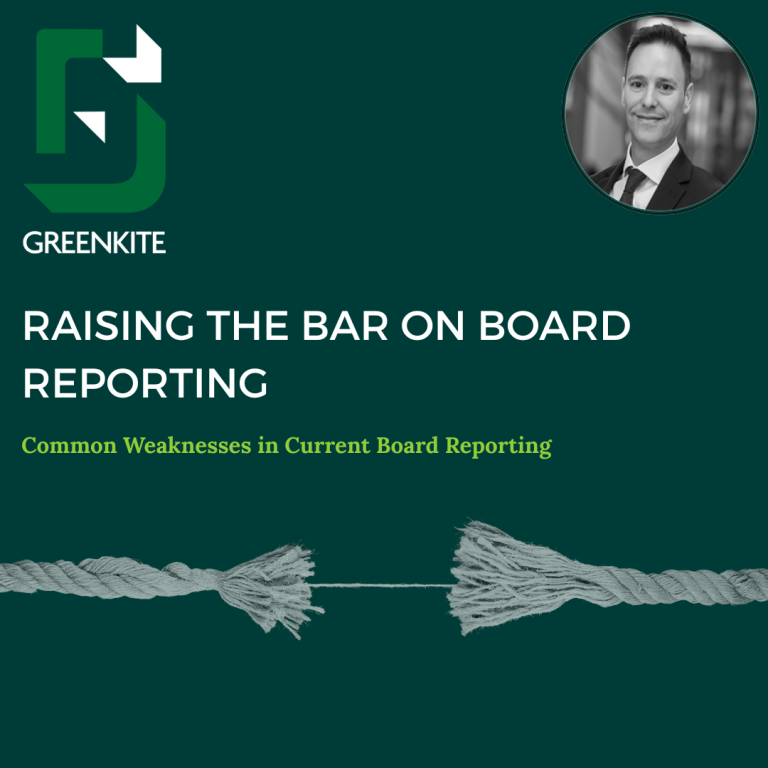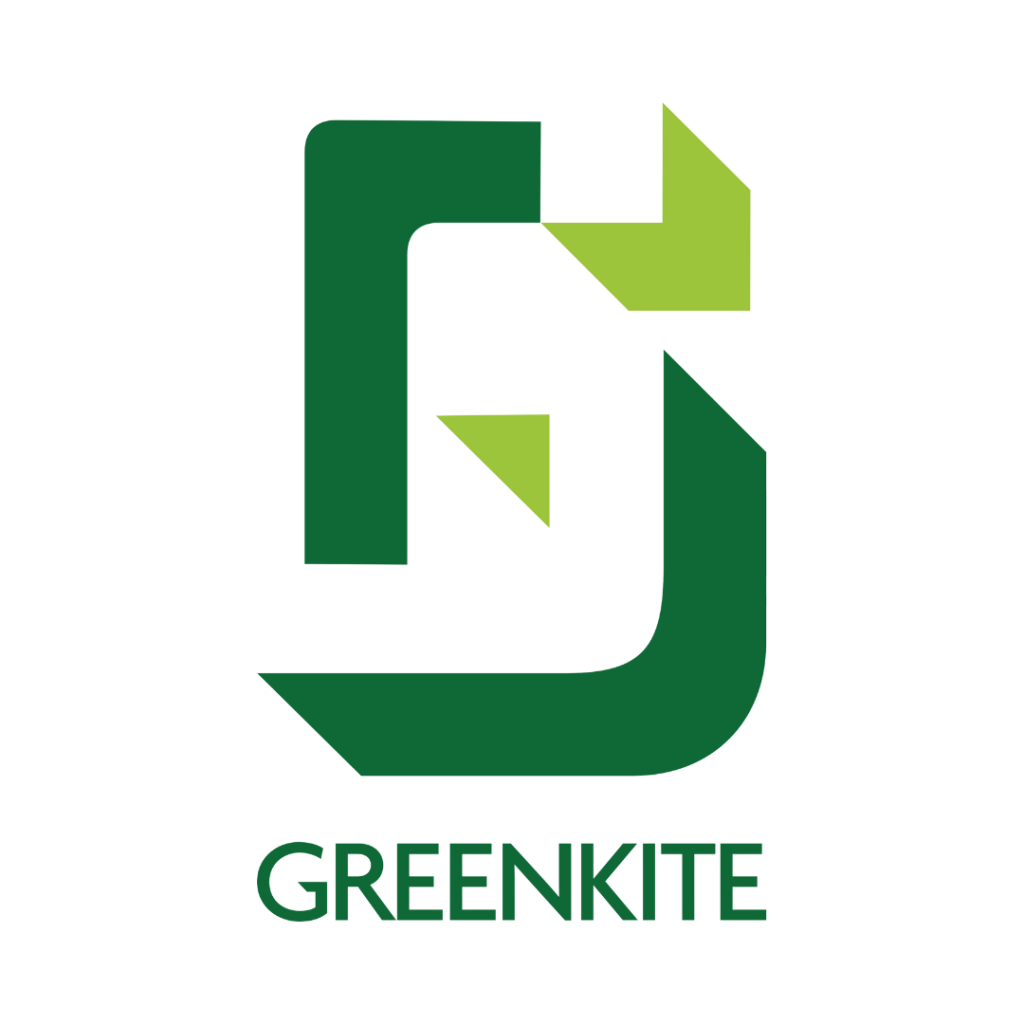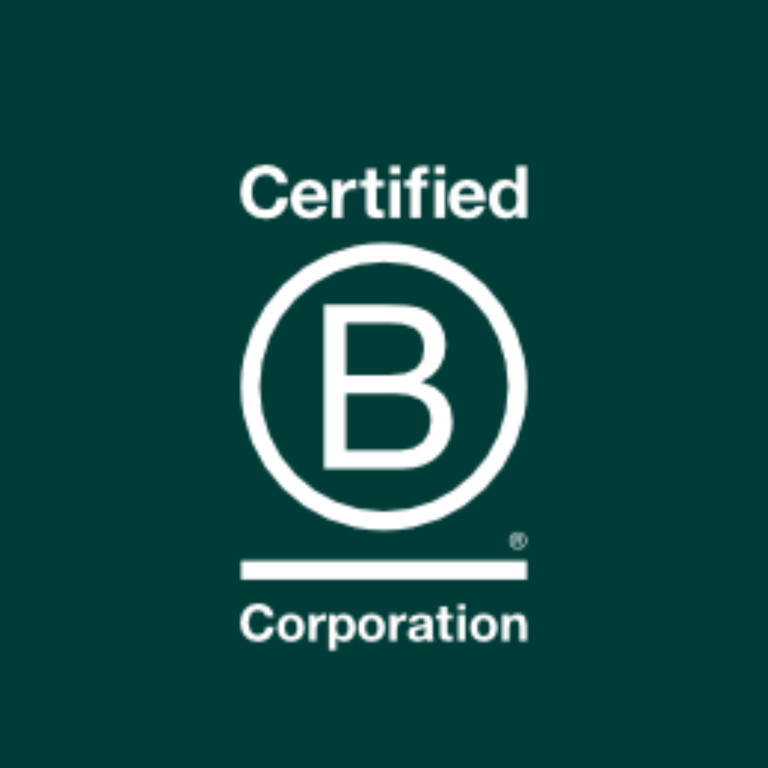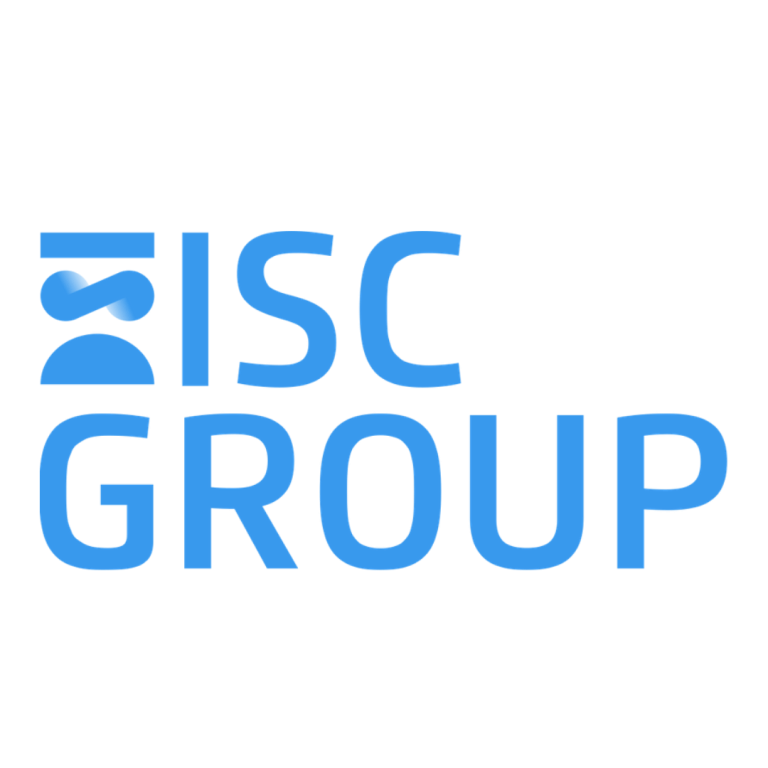
Raising the Bar on Board Reporting in Insurance – What “Good” Looks Like!
There remains a clear and consistent focus from the FCA on the importance of effective board reporting. Strong governance, strategic oversight, and informed decision-making all hinge on the quality of information presented to boards. For insurance businesses—particularly those in advisory, underwriting, or MGA models—this is more than regulatory hygiene; it’s essential to operational resilience and long-term value creation.
Boards must receive information that is not just accurate, but clear, timely, and relevant. Quality board reporting doesn’t mean excessive length; in fact, too much data often clouds the real picture. Poorly structured reports lead to reactive behaviours—focusing on historical performance rather than enabling forward-looking, strategic decisions.
At GreenKite, the work we have undertaken over the years with our clients has surfaced a number of common themes and pitfalls that firms would do well to avoid.
Common Weaknesses in Current Board Reporting
- Board Timings
In many firms, board meetings are held five to six weeks after the quarter-end. While this may be standard for large corporates with group reporting timelines, we often see the same delay in scaling MGAs and mid-size firms where agility should be more achievable.
Often, this reflects inefficiencies in internal close processes—particularly financial and operational MI—rather than true structural barriers. Reviewing month-end processes and streamlining data consolidation can materially improve reporting timelines and relevance.
- Overloaded Agendas and Inconsistent Structures
We’ve reviewed board packs stretching well into hundreds of pages, often with little consistency in format. Directors frequently admit to skimming or skipping large sections entirely, particularly when executive summaries are absent.
Key gaps we have observed include:
- Limited financial information, insight and commentary
- Lack of forward-looking information (e.g., business risks and opportunities in the next quarter)
- Poor prioritisation of board discussion items / actions
Executive summaries at the start of each section, a consistent structure, and clear calls to action can significantly enhance board engagement and clarity.
- Inadequate Financial & MI Commentary
While most firms provide financial reporting, the depth, quality and clarity of insight vary widely — most notably for underwriting entities. Boards often lack visibility into:
- Movements in technical underwriting result (by class, year, etc.)
- Solvency coverage position and trends
- Forward-looking profitability (e.g., IBNR adequacy, pricing action)
Too often, commentary lacks integration across Finance, Underwriting, and Actuarial – resulting in fragmented views and conflict over “one version of the truth”. Further, in start-up and scale-up insurers, dynamic cash flow forecasting is frequently observed to be inconsistent or overly complex, creating challenges for both effective working capital management and investor reporting.
So what does a ‘good’ board agenda look like?
We advise our clients to adopt a clear, proportionate, and standard board pack structure aligned to the suggested sections below. This covers the main areas of governance, business performance and strategic insight:-
- Chair/CEO Report
– Summary of business context, key decisions, and current challenges - Financial Performance Overview
– P&L, key drivers, solvency summary, cash flow, and material variances - Client & Market Update
– Pipeline, retention, complaints, client sentiment - Regulatory & Compliance Update
– Key regulatory developments, consumer duty outcomes, breaches, remediation updates - Risk Management Report
– Top risks, mitigation status, emerging risk indicators - People & Culture
– Headcount, engagement, DE&I, leadership development - Strategic Initiatives Update
– Change initiative/spend progress, milestones, investment status - Board Governance and Approvals
– Items for approval, previous minutes, conflicts, prior actions - Appendices
– reserved for detailed financials, risk register, committee reports (if applicable)
In summary
Well-crafted board reporting is a strategic asset. It empowers directors to lead effectively, ensures alignment across teams, and signals to regulators and investors (whether current or prospective) that governance is both robust and forward-looking.
Insurance firms that are able to get this right are not just ticking boxes — they are building boardrooms that are truly fit for the future and are furnished with timely information to help them discharge their duties.





